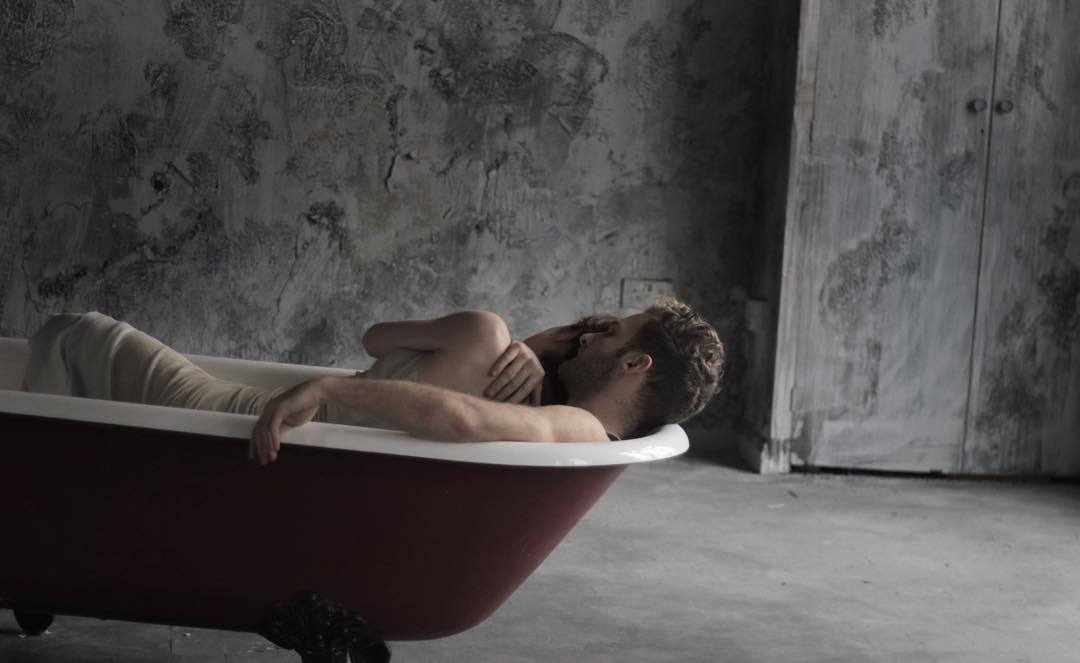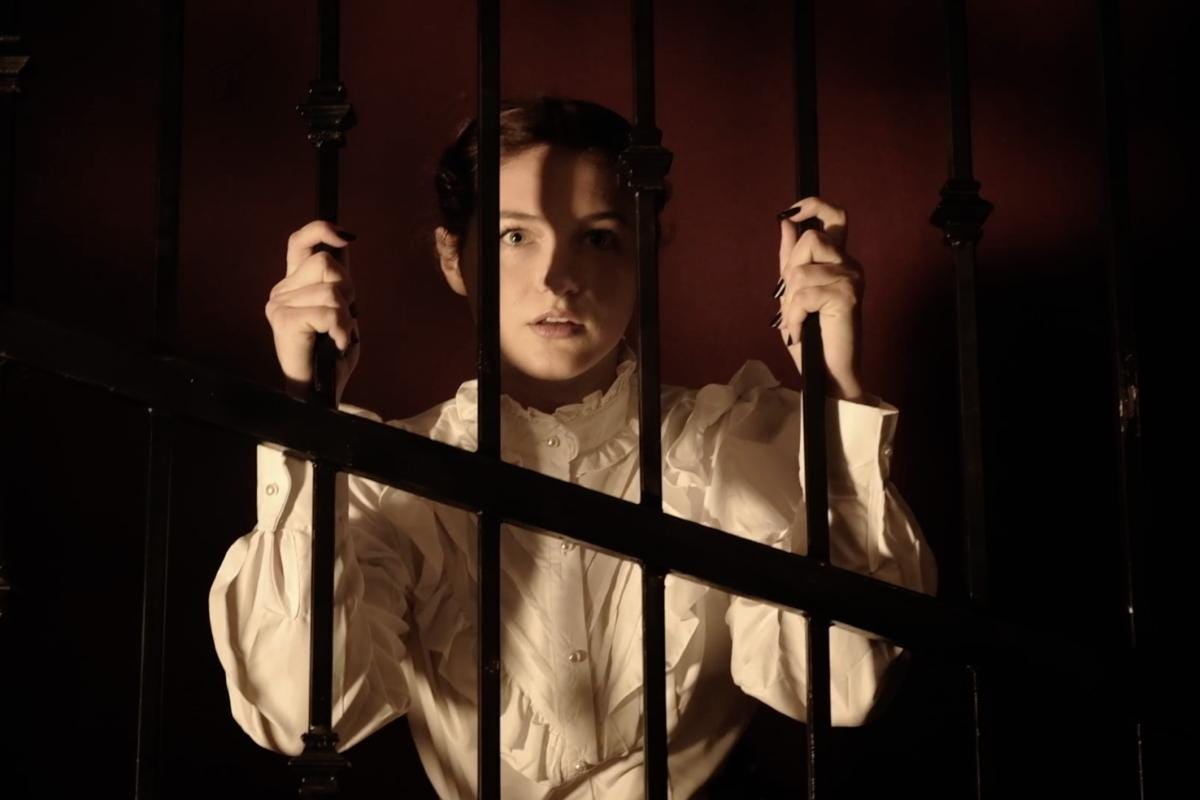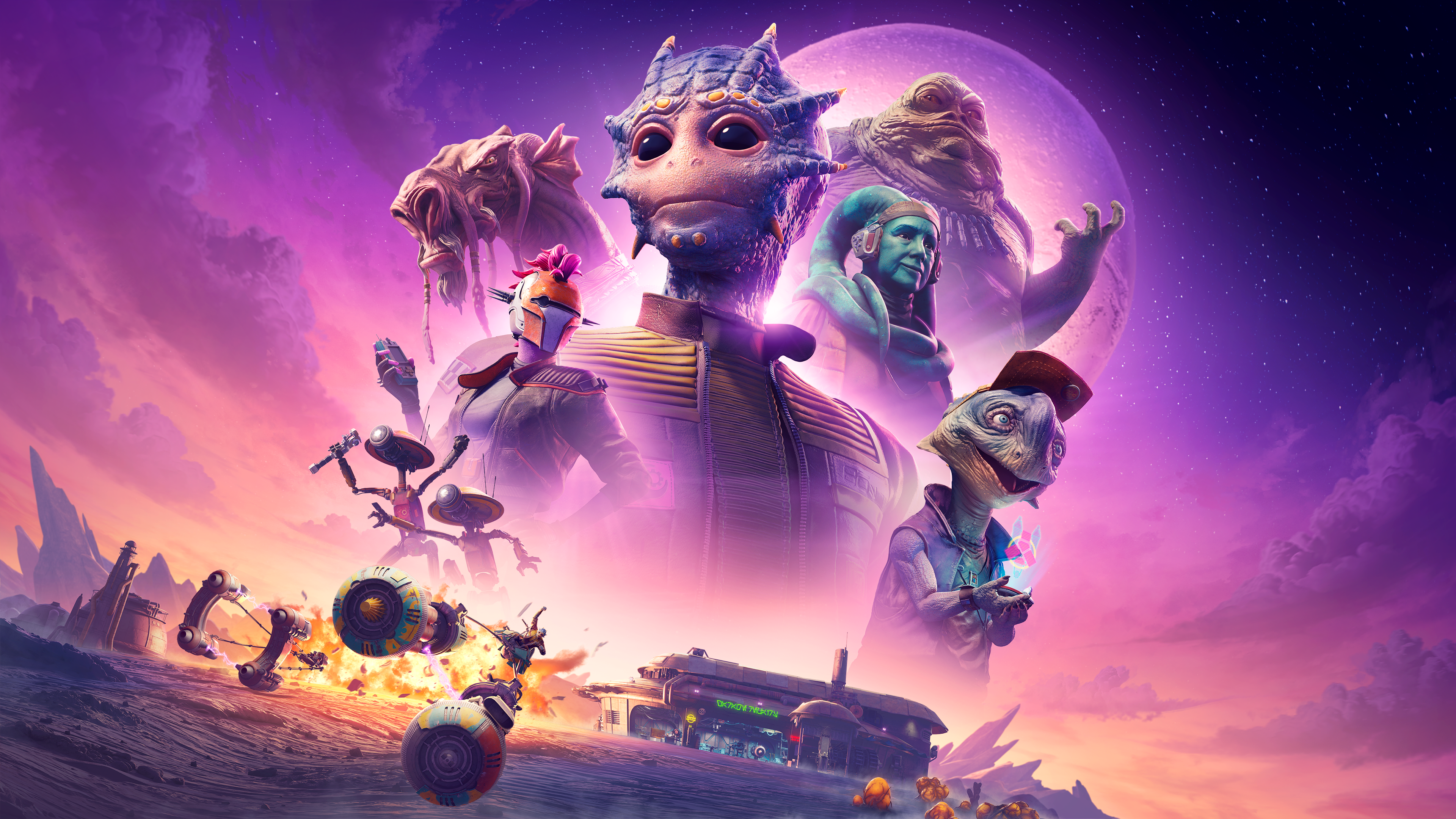
The great entertainment industry buzzword of the mid-2010s has been “immersive.” This is true whether one is talking about virtual reality, movies, theatre, comic books, or downloadable massively multiplayer breath spray games. (I may have made that last one up. Actually, Grant Morrison did.)
From a marketing perspective “immersive” sounds great. It implies that the audience can really lose themselves in the story. Drown in it, even. A sense that the viewer is really going somewhere else, maybe even being someone different for a time. A spell cast over the waking brain so that it can experience a dream without sleeping.
Who wouldn’t want to sell that?
Yet “immersive” is a lot more impressive when it isn’t used as a marketing term by overly enthusiastic PR reps. There’s a magic in that which is authentically immersive. Once this elusive “presence” is encountered it is possible to spend the rest of your life chasing after it. You hear VR evangelists talking excitedly about it all the time. In the immersive theatre world we don’t lean on “presence” so much, but from a qualitative stand point that’s what we are talking about. An illusion created through careful crafting of lands-of-make-believe. Be it with pixels or plywood.
I’ve written before about the similarities between immersive theatre productions like Sleep No More and the cutting edge of virtual reality storytelling. I’ve also heard those notions coming out of the mouths of some of the most influential producers in VR. Over these past two years I’ve become convinced that the art forms which are emerging in both virtual reality and immersive theatre are actually the same art form spread across two different mediums. That the lessons learned from the forgotten legacy of immersive theatre can inform the makers of virtual reality, leapfrogging over a ton of trial and error before leading to unexplored issues around audience presence and agency.
Until recently I’ve been mostly using the language of theatre to decode the “360 filmmaking” that I’ve encountered. More than once I’ve been less than whelmed by the efforts of these filmmakers to adapt traditional 2D film techniques like editing to the new, immersive form.
So it was with a healthy dose of skepticism that I read
Jessica Brillhart’s essays on editing in VR.
Brillhart is the principle filmmaker at Google for Virtual Reality. She has been cracking the nut of the technology inside the Alphabet factory, much as her colleges at Vrse and Oculus have been. Brillhart’s first quest has been to find a way to adapt the art of editing to 360 filmmaking. To come up with a conceptual framework through which editors can wrap their heads around something that has been known to create disorientation — physical and narrative — in viewers.
If I had gone in cold to Brillhart’s essays having only experienced the first or second generation of projects to attempt editing in 360 video, then I would have dismissed her arguments out of hand. The vast majority of edited films in VR I’ve seen suck. The best rely on crossfades to gently transition the viewer from space to space, or sneak the transitions in behind the viewer’s back while sound effects draw their attention elsewhere. The worst just smash and jump around as if a head mounted display were no different from the mobile phone screens that are used as the basis of the technology.
It wasn’t until I saw Matt Gratzner of New Deal Studio’s pirate themed The Mutiny at the Nokia OZO launch that I believed that the quest to crack editing in VR was anything less than a snipe hunt. Gratzner’s short illustrates Brillhart’s idea of editing around Points of Interest (POIs). The gist is this: it is possible to execute a cut — not a crossfade or an iris in/iris out but an actual cut — if you anchor the shift from scene to scene around a fixed point in space where something of interest is happening.
As you start to watch more 360 films that use cuts you will see that those which adhere to this principle work while those that don’t… well, they don’t. It’s as close as we have to a hard and fast rule about working in 360 film at present. Even then the practice isn’t flawless: part of the point of 360 is that the viewer has the ability to look anywhere. An edit anchored on one POI will simply overwrite any others once executed.
POIs are a handy concept when constructing immersive theatre as well. Immersive theatre, when it is working, “enchants” a space by putting everything around the audience into play. For first time audiences anything that comes in at an oblique angle, or that crosses into their personal space, can be a surprise and delight. (It can also be horrifying and disturbing, but that’s for another essay.) Once an audience member is initiated into the particulars of really good immersive theatre, however, they start to expect it. They want more. With everything around them in play they start to look for deeper meaning in the people and objects around them.
The audience becomes scavengers hunting for POIs. Since they are going to be looking for them it helps if the director provides them. The wise director shapes her own thinking around the idea of POIs. Building the experience around the interplay of POIs and negative space. Playing with the tension between two POIs.
These principles work whether the immersive experience is embodied or confined to a head mounted display. I’ve begun to deconstruct pieces of immersive theatre using Brillhart’s construction, watching audiences lose cohesion when they are not given something to focus on. I suspect that I will be leaning even more heavily into this framework moving forward.
It is an atomic approach to understanding the structure of a great immersive. Being inside one of these experiences feels like you are having your most “on” day ever. The world becomes numinous and everywhere you look you find hidden meanings. The process makes you feel smarter, a feeling that lasts after you’re through with it. A mental buzz that keeps on going.
Because at the end of the day an immersive experience — be it physical or virtual — is all about playing with the attention of the human at the center of it all. It just so happens that the center of every immersive is you.















Discussion